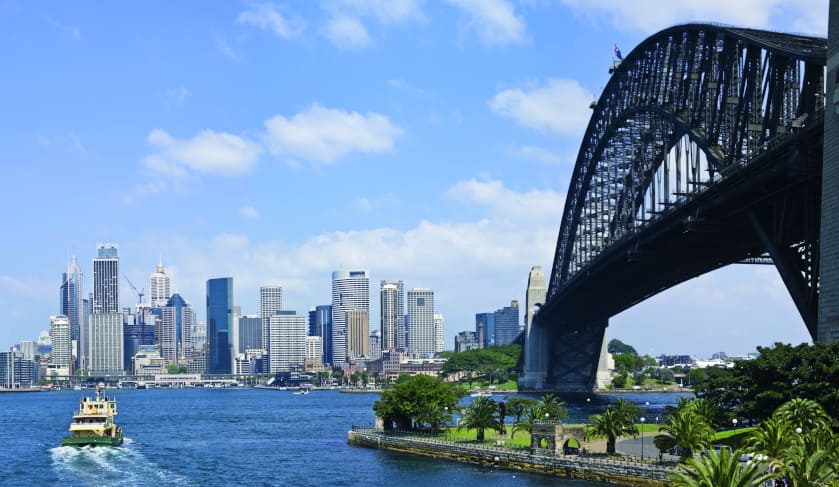Sydney unit blocks attract developers
Despite the current COVID-19 pandemic, the Sydney unit market has continued to witness significant demand, according to Ray White Commercial.

Residential vacancies have remained low in the Sydney CBD, with REINSW May 2020 results showing vacancies of just 4.10 per cent – far superior than commercial markets.
To continue reading the rest of this article, please log in.
Create free account to get unlimited news articles and more!
Similarly, Ray White’s Sydney Block of Units Overview June 2020 report found that average yields in 2020 were recorded at 4.37 per cent, within a range of 3.03 per cent to 5.58 per cent. This remains higher than the average Sydney residential yield of 3.00 per cent recorded by CoreLogic in May 2020.
“The block of unit market is tightly held, owners have enjoyed [long-term], stable income streams and see this investment option as a [low-risk], retirement income while enjoying the price growth of the residential market,” the report noted.
Sydney unit market’s gross yield range has been the major drawcard for private investors in recent times as interest rates have fallen considerably and the relative ease in obtaining residential investment finance compared to commercial funding has also become attractive.
During 2017 and 2018, the NSW capital has seen the yield range as low as 2.00 per cent, highlighting the aggressive developer investment which was not for the purpose of retaining the asset for income, but rather the development of the site to its highest and best use.
Into late 2018 and beyond, it has seen the lower end of the yield range slightly higher, highlighting the strong private buyer group seeking these assets for their income stream.
Since early 2019, yields have fallen each period in line with the reduction in interest rates and the increasing appetite for these assets.
Development potential
The sales recorded in 2017 and into 2018 saw a strong weighting towards developers looking for a development site to capitalise on changes in zoning and the allowance to build more apartments on the land parcel, maximising gross realisations, according to Ray White.
“Into 2019, as interest rates fell, private buyers have increased their enquiry levels on these assets. As a limited number come to the market each year (30 transacting in 2019), this has put upward pressure on values and the discounts associated with buying in one-line [have] shrunk as yields continue to fall yet keeping an attractive spread to bond rates,” the report noted.
Older-style stock typically is well located with easy access to shopping and transport so have proven to be attractive to buyers as well as tenants, however more recently we have seen the increase of developer stock also enter the market, the report highlighted.
Across Sydney, a number of blocks of units sell each year. This in one-line transaction is attractive to many smaller private investors as an alternative to commercial investment as it’s a comfortable asset class and has a high demand rate keeping occupancy levels high.
“We have seen this market evolve over the past few years with many developers purchasing these assets for redevelopment purposes while more recently with interest rates at all time lows the private investor has re-emerged and hotly compete for this limited pool of assets,” the report noted.
“The attraction of these assets not only are their limited vacancies and secure income stream, but the longer-term exit strategies which can see significant value uplift if redeveloped or strata subdivided and onsold.”
Further, these assets historically have been associated with older style walk-up unit complexes however more recently we have seen an increase in modern, developer stock sold in this manner opening investment to more syndicates and savvy buyer groups.

